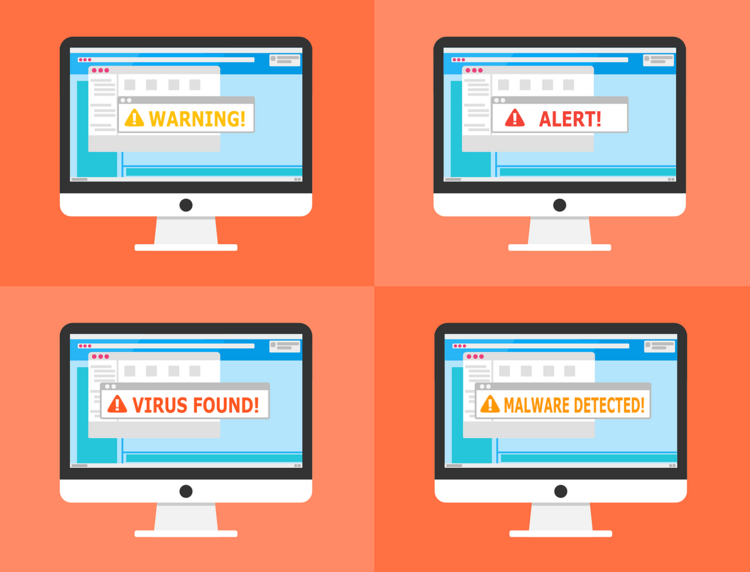Malware targeting business up 80 percent in a year

Cyber-criminals have turned there attention away from consumers to target business with malware detections up 80 percent over the last year, according to a new report.
The Malwarebytes Annual State of Malware report found that business detections of malware rose significantly over the last year by 79 percent, primarily due to the increase in backdoors, miners, spyware and information-stealers.
It said the biggest increases came from Trojans (132 percent) riskware tools (126 percent), backdoor malware (173 percent) and spyware (142 percent).
The US, UK, Germany, France and Australia all finished in the top 10 countries with the most business detections by volume with the Asia Pacific region seeing massive increases in backdoor malware and the use of exploits against their endpoints.
The report also found that education, government, manufacturing and healthcare were the top industries impacted by Trojans. The report said that the current trends with Trojans are likely to continue, while there are opportunities for criminals to exploit weak configurations and outdated assets. However, the greater concern is the copycats and new generations of families that are likely going to dominate 2019 across verticals and around the world.
Information-stealers were the top consumer and business threat in 2018, as well as the top regional threat for North America, Latin America, and Europe, the Middle East and Africa (EMEA).
"We experienced another very active year for malware that shows no signs of stopping," said Marcin Kleczynski, Malwarebytes CEO.
"Attackers continued to shift their methodologies to follow the payload. We saw evidence of this with the strong focus on attacking businesses with insecure and unpatched networks. From massive data breaches to ransomware attacks, businesses are experiencing what consumers have been dealing with, but on a larger scale."
James Plouffe, strategic technologist at Mobileiron, told SC Media UK that these business-based malware figure seems very high at first look, but it is important to distinguish between organisations that have been exposed to malware versus actually getting infected.
"A possible reason for the increase in detections could be down to enterprises' use of more advanced machine-learning algorithms which accurately detect and respond to possible threats," he said.
Paul Ducklin, senior technologist at Sophos, told SC Media UK that it is easy to get hung up on all the various malware detection names that go along with cyber-criminality and to try to draw all kinds of research truths from their relative prevalence: "But the truth is that a lot of malware doesn’t reliably slot into one category or another - especially if it includes any sort of ‘autoupdate’ feature that allows the crooks to reprogram it remotely at will. In the end, whether you come face to face with malware at home or at work, you’re increasingly likely to be mixing the two - and if you’re at risk of malware of type X on network Y you’re probably equally at risk of malware of type P on network Q," he said.
source scmagazineuk
Industry: Cyber Security News
